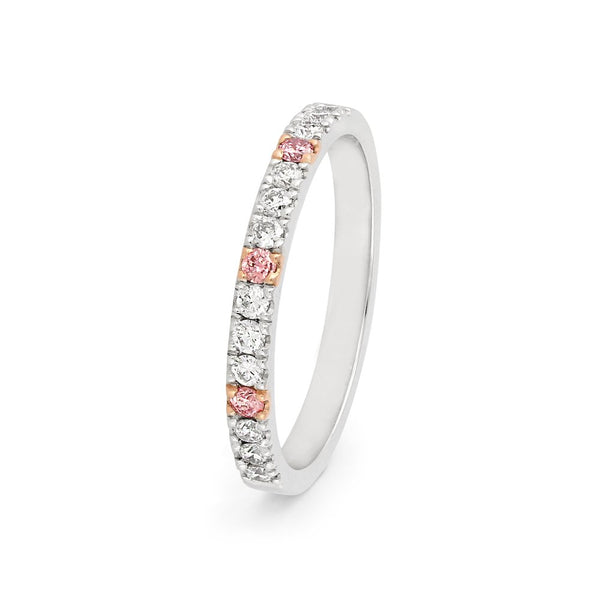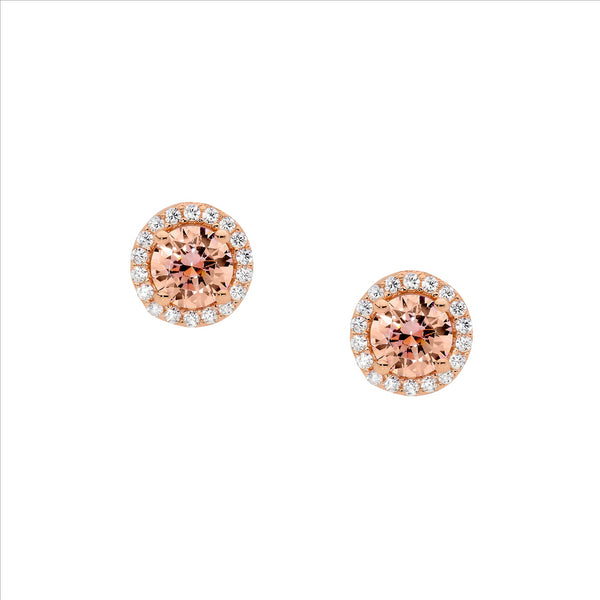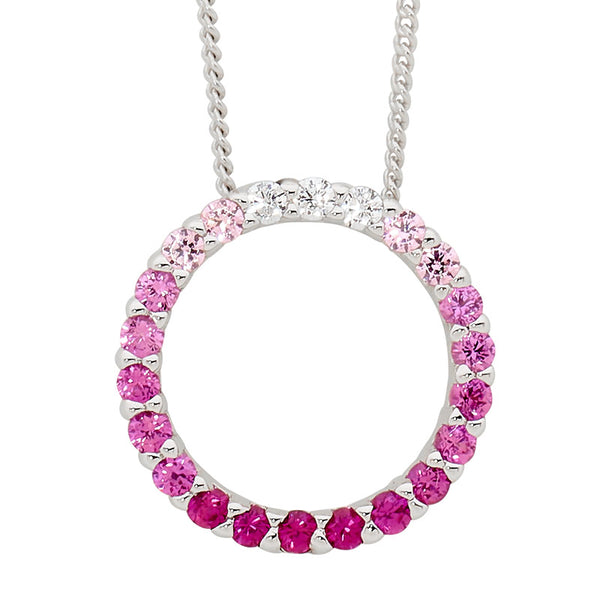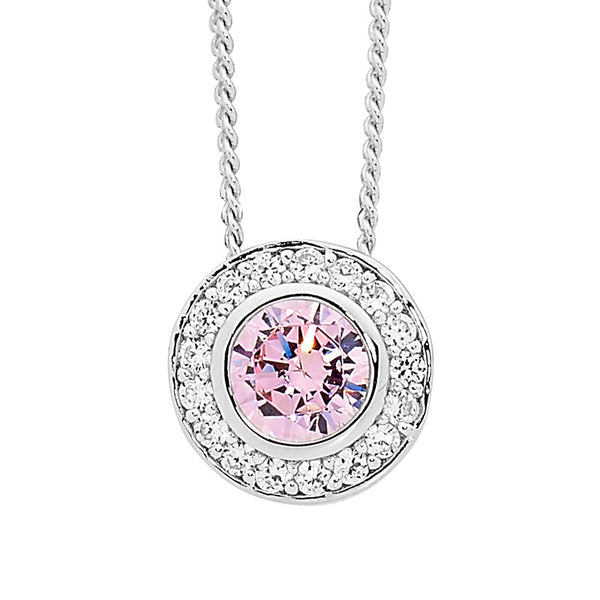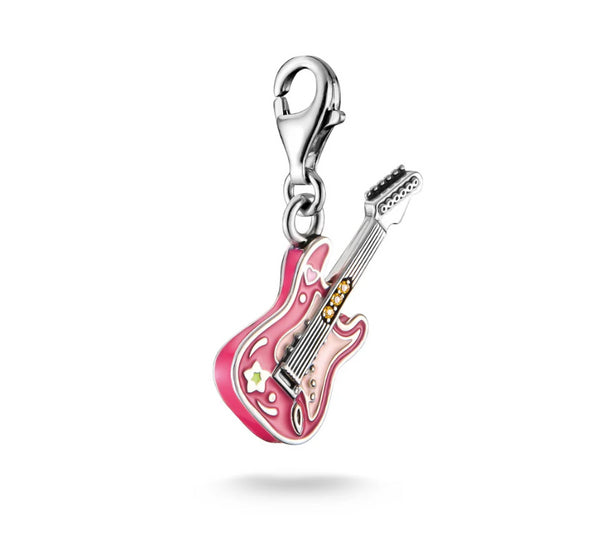All about the argyle pink diamonds

When the Argyle mine announced its closure last November of 2020, it didn't just bring an end to an era; it also brought an end to the famous Argyle pink diamonds. But what exactly are pink diamonds? And why is it coveted by many and only owned by a few? Let's find out.
Pink diamonds are exquisite and incredibly intriguing. Their scarcity and stunning beauty make them among the priciest of all the coloured diamonds—no wonder these coloured gems are only often associated with royalties and celebrities.
The pink diamonds are so alluring because their supply is very limited, and the way they are formed is in itself a gemological mystery. Here are a few pieces of information you need to know about these gems:
What are Pink Diamonds?
Pink diamonds are actually just regular diamonds that become pinkish, purplish, or light reddish when they were excavated. Gemologists speculate that they are formed by tremendous amounts of pressure and heat exerted on the stone while it is within the Earth's crust.
How Are Diamonds Formed?
When carbon deposits (about 90 to 125 miles below the surface of the Earth) are exposed to high temperatures (2000 to 2200 degrees Fahrenheit) and pressures (approximately 725,000 pounds per square inch), carbon atoms bond together to form crystals. These crystals become diamonds. Some of these form in days or months, while others take millions of years to materialise.
Approximately 14 million carats of diamonds are excavated and marketed every year, but only around 0.01% of these are coloured diamonds. Of the 0.01% coloured diamonds, only 0.0001% are pink diamonds.
How did The Diamonds Turn Pink?
When the diamond lattice deforms due to extremely high pressure and temperature, it moves many carbon atoms from their natural positions. These non-isotropic stress and plastic deformation that the diamonds go through change their light reflection and absorption properties. The more pressure it undergoes, the darker the pink colour it becomes.
In all honesty, it's hard to find a diamond that can withstand a pressure of more than 725,000 pounds per square inch. Even more so, a diamond that can reach or maintain a temperature of more than 2000 to 2200 degrees Fahrenheit. That is why pink diamonds defy all odds because they form under much harsher conditions than these.
Where Can We Find Pink Diamonds?
Pink diamonds were first found in India in the Kollur mine in the Guntur district of Andhra Pradesh.
However, 80-90 percent of all the mined pink diamonds came from the Argyle mine in Kimberley, Western Australia. Surprisingly, only less than 1% of Argyle diamond output are pink diamonds making it the rarest of the rare.
Countries like Russia, South Africa, Brazil, and Canada still produce pink diamonds, but they are often very soft and pale in colour. The Argyle pink diamonds have a distinctive depth and radiance of colour, surpassing that of any other mine. These diamonds offer buyers a unique piece of Australian heritage in the form of a rare, tangible, and historical piece of Western Australia - a diamond that took over 1 billion years to form.
Why Are Pink Diamonds So Rare?
According to the Gemological Institute of America (GIA), only .001 percent of the millions of diamonds mined each year qualify as Fancy Colorus, and only a handful are graded as Intense and Vivid.
Of the .001 percent, Pink Diamonds are just a slight fraction, so you can well imagine why it is so valuable, and owning a piece of pink diamond jewellery is a great and worthwhile investment.
Why Are Pink Diamonds So Expensive?
Reflecting on the rarity of the pink diamonds mentioned above, the cost of pink diamond jewellery can range from around 10,000 to 700,000 per carat, depending on the stone's quality factors.
In addition, Argyle pink diamonds have a more complicated structure, which is why it takes three to four times as long to polish them than regular white diamonds.

Why Should I Purchase Argyle Pink Diamonds?
Pink diamonds are so rare and can be really expensive (they may cost up to 20 times the price of their white counterparts), which means that it's a luxury only afforded by a few.
According to the Argyle Mine, one carat of an Argyle pink diamond can cost from $100,000 up to $1 million. The price of the Argyle pink diamonds, or any pink diamond for that matter, depends on its colour intensity, cut, clarity, and shape. The secondary hue can also make a big difference in the value and price. For example, a pink diamond with a brown hue would fetch a more affordable price since it is fairly common. However, a purplish-pink diamond is pricier because of its rarity.
It is for this reason why owning a piece of pink diamond jewellery, especially the Argyle pink diamond, is a worthwhile investment.

Own An Argyle Pink Diamond Jewellery from Springfield Jewellers
Springfield Jewellers has been carefully curating its pink diamond collection over the past 5 years, so we have a huge range of ready-made pink diamond jewellery - some of which have Argyle-certified investment-grade diamonds set in them.
Don't think that because the Argyle mine closed and you waited too long that you already missed the boat because Springfield Jewellers has so much pink diamond stock still available, so you still have the opportunity to pick up a piece or two.
The Time to Invest in Argyle Pink Diamonds is NOW!
With the Argyle mine now closed, the already rare Argyle pink diamonds will become even rarer and, therefore, even more expensive. Argyle pink diamond jewellery is already finite in the market, and seeing how much appreciation these pink diamonds are experiencing; it would be a no-brainer not to grab the opportunity to own one.
Only a very few jewellers have the real GIA-certified Argyle pink diamonds in stock, and Springfield Jewellers is lucky to be one of them. So what are you waiting for? Book an appointment online or in-store by calling 07 3470 1900 for you to view our range or discuss pink
diamond investment opportunities with one of our experts. Don’t miss the chance to own a spectacular representation of a moment in gemological history.


